Cake Flour Vs All Purpose Flour
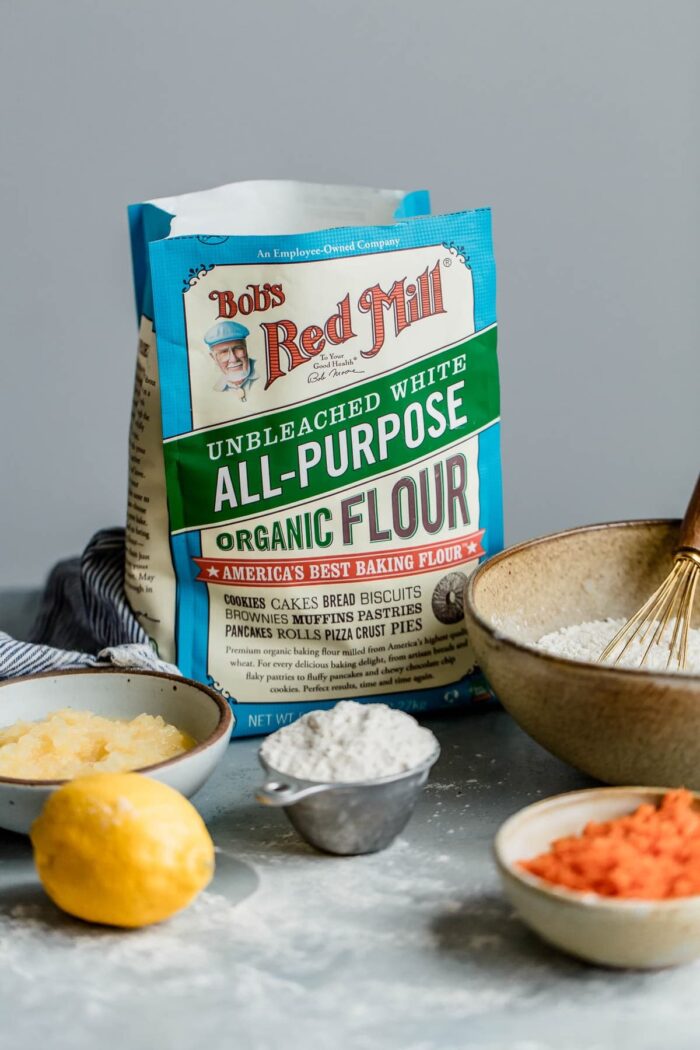
Today we’re doing a deep dive on cake flour vs all purpose flour!
Main Difference Between Cake Flour and Purpose Flour:
The primary difference between cake flour vs all purpose flour is protein.
While protein levels can vary significantly by brand (and even batch to batch), all purpose flour is typically 10%-12% protein. In contrast, cake flour is 6%-9% protein.
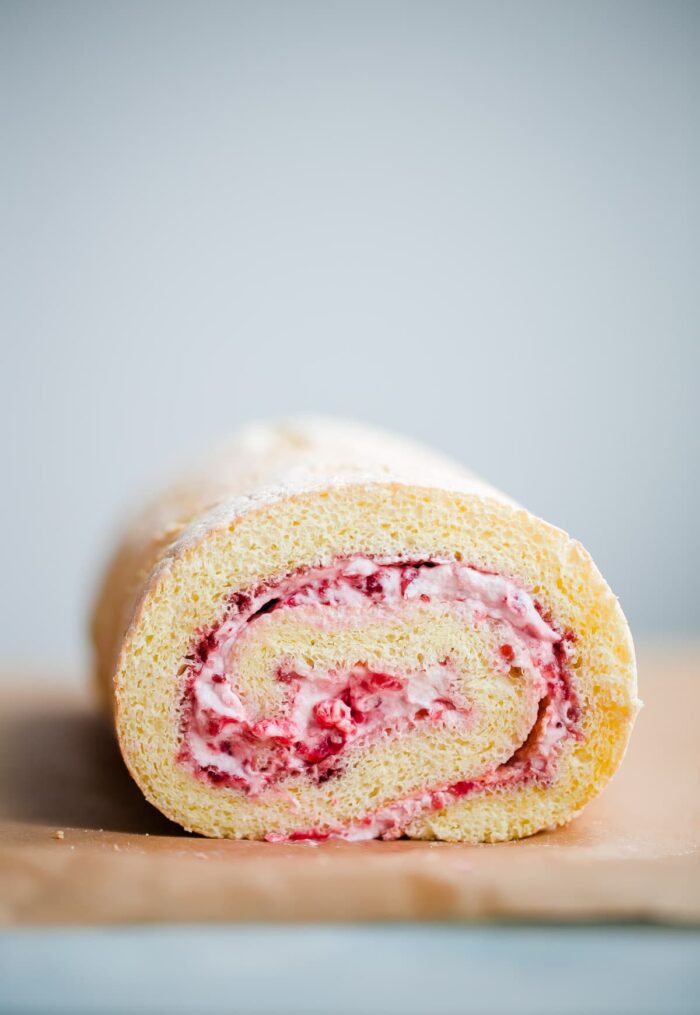
How Wheat Protein (Gluten) Affects Baked Goods
Gluten is a term used to describe specific proteins (glutenins and gliadins) found in wheat. All proteins are comprised of amino acid chains.
In dry form, wheat protein has little to no structure. When combined with liquid, gluten proteins change shape and form bonds, producing tightly coiled, yet highly elastic structures. Imagine a slinky shape made up of proteins.
When this mixture is worked, stretched, or handled (eg: kneading), the proteins stretch and become even more elastic. And vice versa. This unique characteristic allows us to create airy sourdough bread, flaky pie dough, and chewy homemade pasta, among other things. Gluten and its stretching ability enables us to make thin sheets of puff pastry that don’t break or crumble during rolling.
Certain strains of wheat (eg. hard red winter wheat) are higher in protein – enabling stronger gluten bonds – than other strains (eg. soft white wheat). These strains are utilized to make different types of flours for various baking needs.
For example, bread flour vs all purpose flour will produce chewier, more lofty bread due to bread flour’s higher protein levels that offer the ability to create stronger, more elastic gluten networks.
Which leads to the following question..
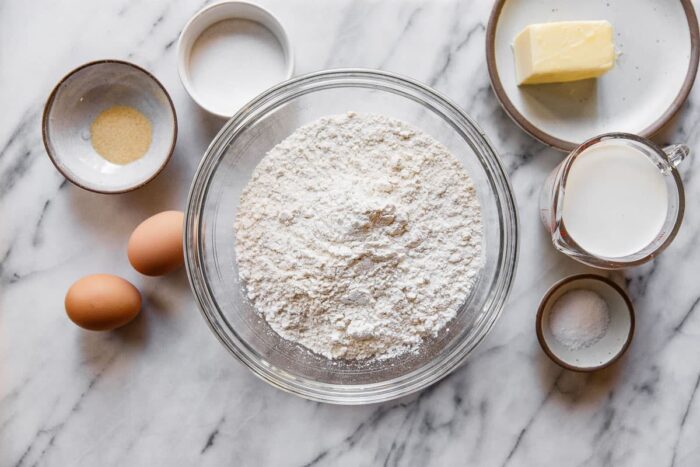
What is Cake Flour?
Cake flour is generally milled from soft, low-protein wheat strains (such as ‘club wheat’). These low protein flours lend themselves to minimal gluten development or ‘strength’. This quality is disastrous for things like bread and ideal for other baked goods, such as angel food cakes, genoise or sponge cake, biscuits, and lighter-than-air muffins.
Cake flours are also milled and sifted to an extra fine texture. For this reason, they absorb liquids very quickly.
Many generic cake flour brands, such as Swan, are bleached. Others may be cut with cornstarch (check the ingredient list!). Adding cornstarch effectively dilutes the protein/gluten of the flour even more (this is the reasoning behind DIY cake flour, see substitute guide below).
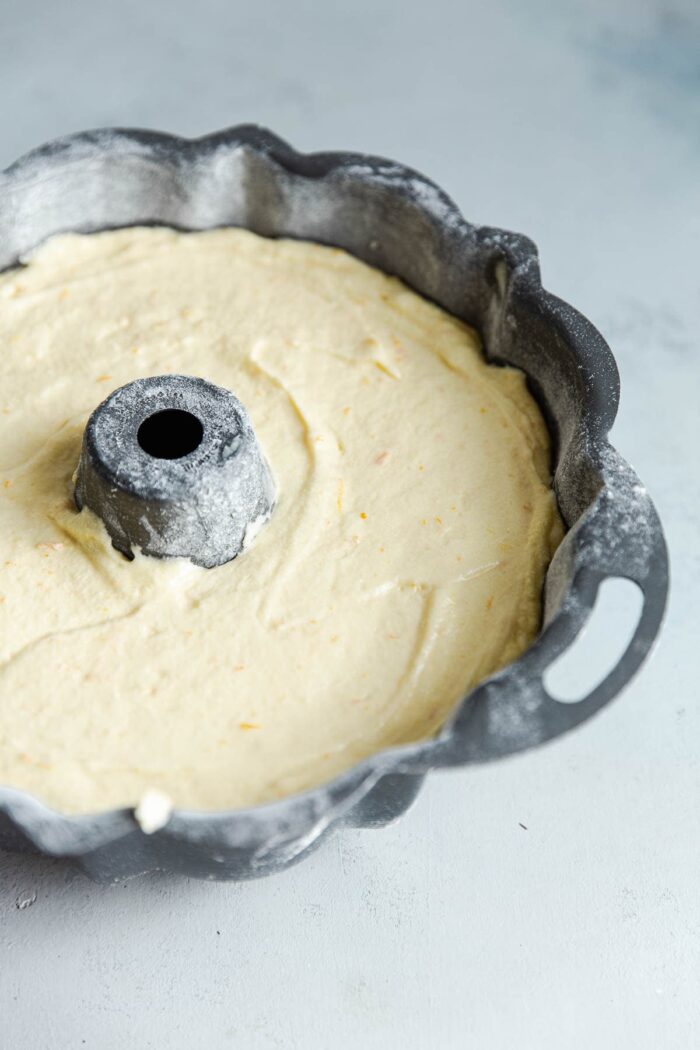
Can You Substitute Cake Flour with All Purpose Flour?
If a recipe specifically calls for cake flour, I generally don’t recommend substituting it with all purpose flour unless absolutely necessary. This is particularly true for tender baked goods, such as genoise cakes, sponge roll cakes, angel food cakes, and some layer cakes.
Cake flour is low in protein, finely textured, and processed differently. Straight substitutions with all purpose flour will result in a drier, heavier crumb. White pastry flour is the next best alternative to cake flour due to its lower protein levels, but varies and can be difficult to find.
If you do wish to substitute cake flour with all purpose flour, here’s how to do it:
Cake Flour Substitute: For every cup of cake flour, use 2 tablespoons less all purpose flour and add 2 tablespoons cornstarch. Metric/Volume Equivalent: 14 tablespoons (105 grams) all purpose flour + 2 tablespoons (16 grams) cornstarch.
Why Cornstarch? Essentially this method attempts to account for the higher protein in all purpose flour by substituting a portion with cornstarch (which is naturally gluten free). This is not a true equivalent to cake flour, but can work in a pinch.
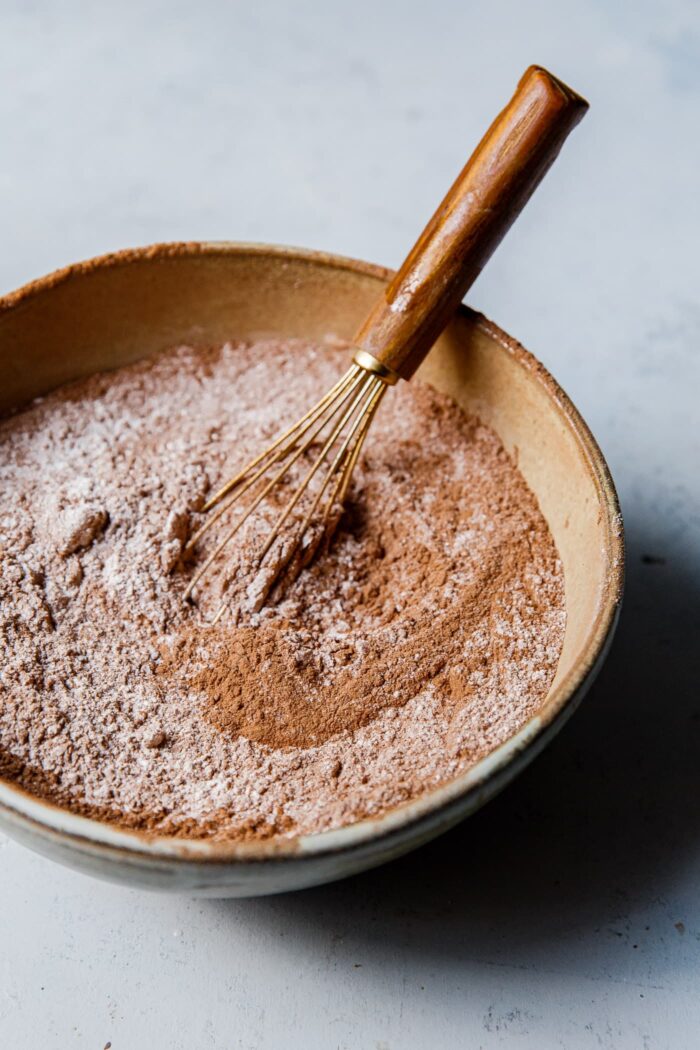
Can You Substitute All Purpose Flour with Cake Flour?
Yes! If you’re looking to hinder gluten development (minimize chew, elasticity, and extensibility) and achieve a tender, light, fine crumb, cake flour can help.
Cake and cupcakes (eg. classic vanilla cupcake or sponge cake) are good examples of recipes that may benefit from the use of cake flour.
Substitution Guide: For every cup of all purpose flour, add 2 tablespoons cake flour. Metric/Volume Equivalent: 1 cup plus 2 tablespoons (126 grams) cake flour.
Other Helpful Baking Science Articles:
- Bread Flour vs All Purpose Flour
- Types of Baking Flours (and the Differences Between Them)
- How to Measure Flour
- Understanding Gluten

2 Comments on “Cake Flour Vs All Purpose Flour”
I’m in South Africa. We don’t have all-purpose flour at all. I just always use cake flour when American recipes call for all-purpose. Maybe our South African cake flour has a higher protein content, because I know some people who also bake bread with it (I am NOT one of those people though 😀 ).
Very interesting! Thanks for sharing. I wonder if it goes under a different name – plain flour?